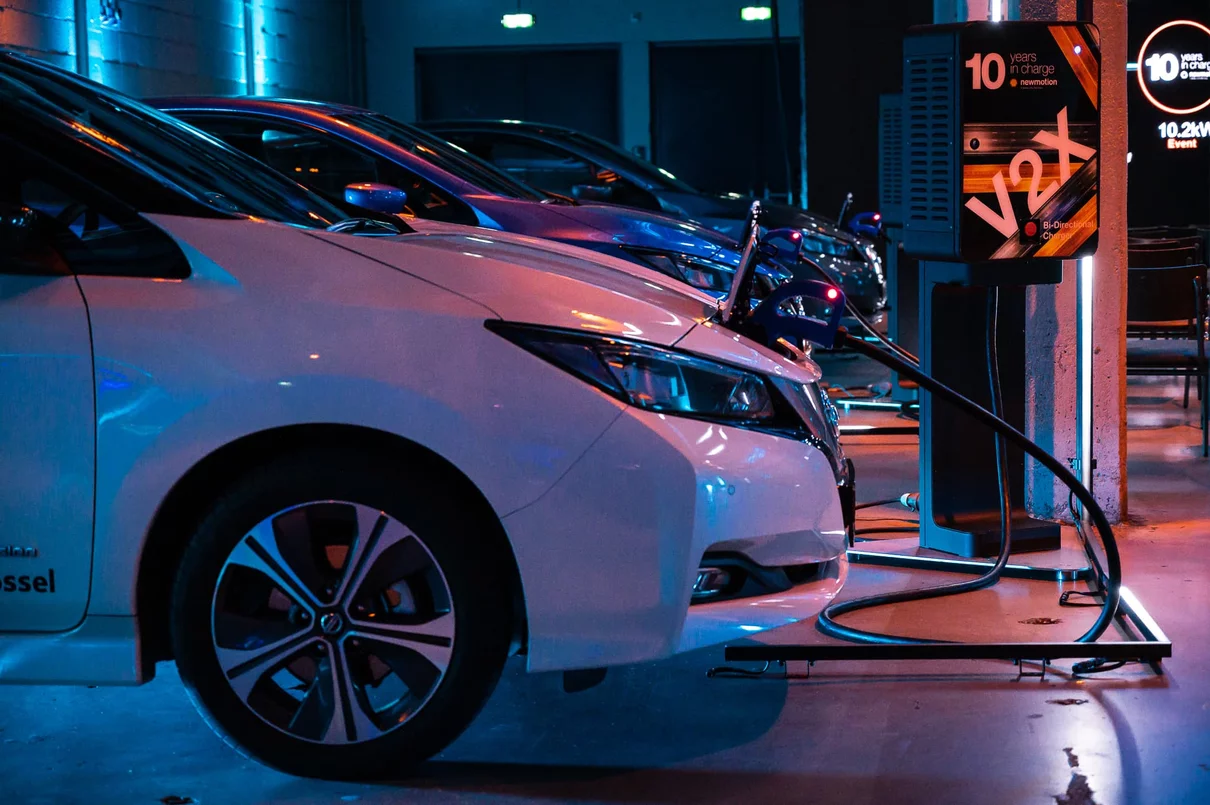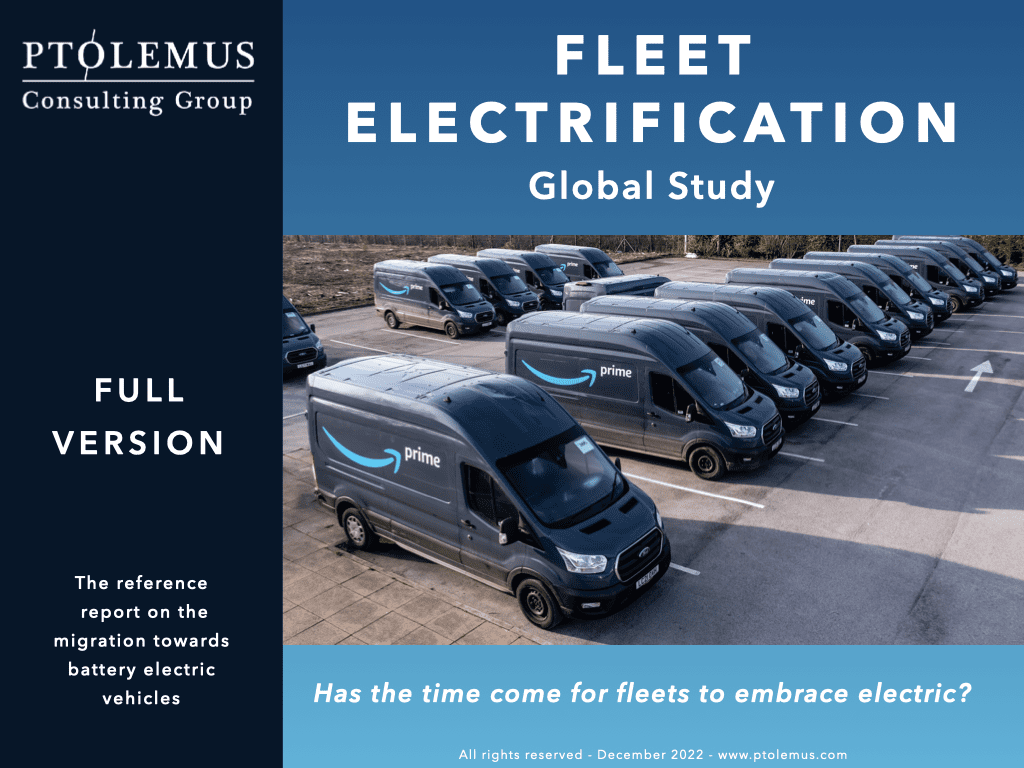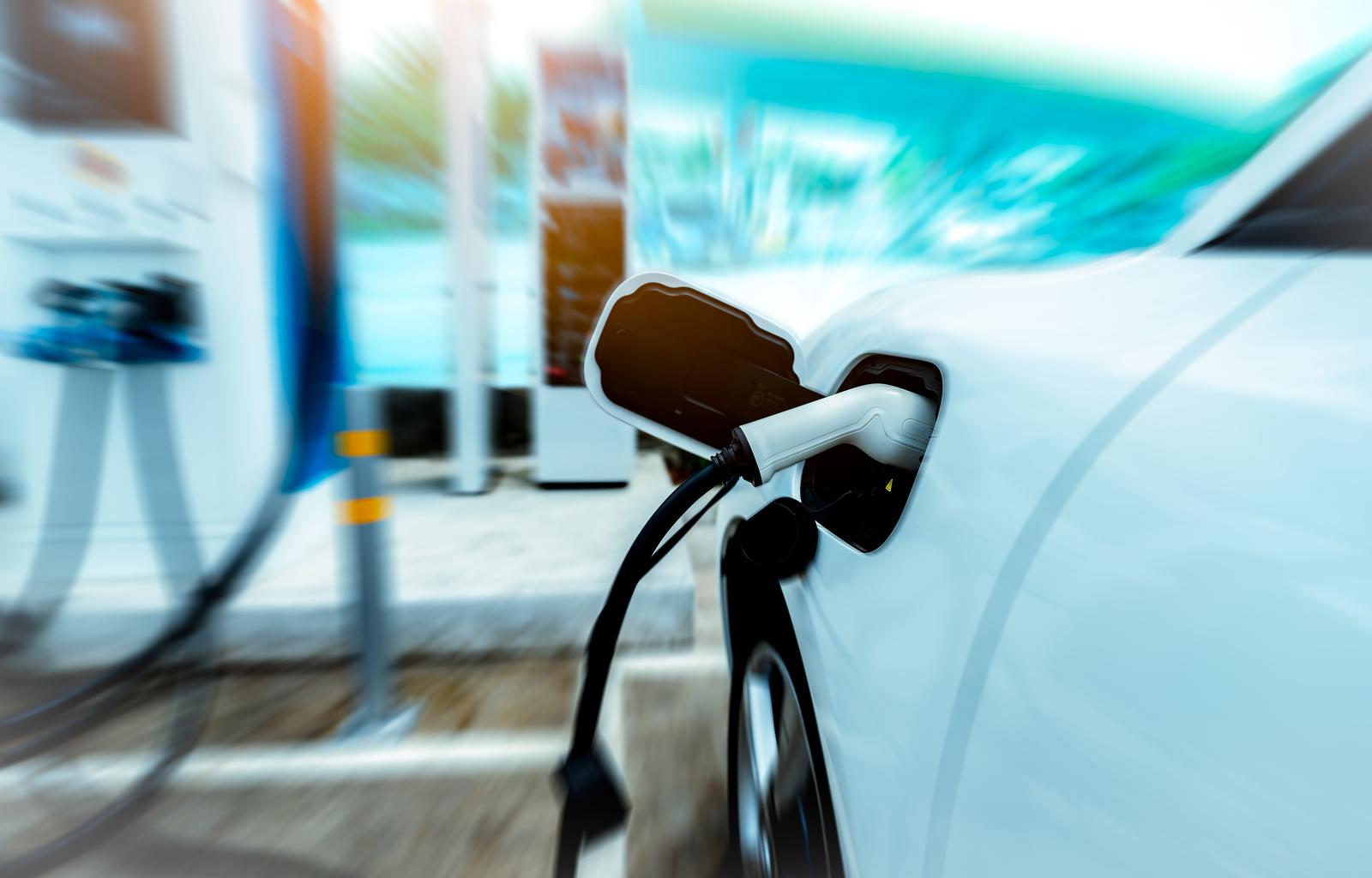How EV fleets can benefit from V2X technology

V2X technology (Vehicle-to-everything) refers to the bi-direction flow of electricity from the battery of the EV to other energy-consuming destinations such as grids (V2G), buildings (V2B) and homes (V2H). As some EV fleets (electric buses and electric cars) can stay idle for a prolonged time period, these can be charged during non-peak hours. These fleets can then transmit energy back to energy-consuming entities in peak demand time.
Following are use cases of V2X technology:
- V2G: Provides power to the grid and the most often use case.
- V2B: Provides power in peak hours and power outages to the building.
- V2H: Can provide power to the home in case of a power outage.
- V2V: Provides power to EV fleets such as buses, trucks, vans and two-wheelers.
- V2L: The EV can power appliances and equipment using a DC to AC inverter.
- V2F: This applies V2L in a farm setting for an agriculture-related power provision.
Requirements for V2X:
- Two-way directional charger
- Vehicles that have capabilities of V2G
- The smart charging control unit
- Communication link
Benefits of V2X:
- Support to the grid in cases when EVs overwhelmingly transmit power in an idle position
- Fleet managers can have reduced TCO for the fleet when bills are adjusted by EV contribution to the power absorbing/ distributing entities (buildings, farms or grids).
- OEMS can offer V2X for some added premium. This can bring diversity to the models and their specifications.
Which types of EV fleets are most beneficial?
EVs which have idle time and large batteries are ideal for V2X. School electric buses can be regarded as the optimal EVs to send power to energy entities in peak hours. Other vehicles with low idle time such as electric trucks, long-haul electric trucks, regional electric buses and electric vans are all also well-suited for the use of V2X.
Challenges of V2X technology
Despite pilot projects in 25 countries, for V2X to see broad implementation it requires understanding from the masses coupled with the widespread adoption of EVs. We see 3 major challenges to its widespread adoption.
- Lack of consumer education
Consumer education for the operations of EVs is pretty nascent for V2X. In this domain, fleet managers would require more training and education to understand the benefits and challenges related to V2X. Fleet managers will need clarity in concepts such as battery degradation, financial savings, idle time and battery size to fully understand V2X. And OEMS must provide education and training when they sell vehicles with V2X-enabled technology. - Business model uncertainty
There is ambiguity surrounding V2X, which hinders business entities to invest in this technology. The question of how much battery degradation is involved in V2X remains to be answered by widespread practical knowledge on the ground. There is a limited number of models of EVs that offer V2X. Moreover, bidirectional charging is more expensive than conventional chargers. The beginning price of bidirectional charging is $4,000. Whereas conventional chargers range from $500-$1,000. - Lack of aggregator
V2X lacks the role of the aggregator. The aggregator will ensure the distribution of power from EVs, end-users and the grid. Temporary roles have been taken by utility providers, OEMs and third parties. The role of aggregator has to be created by government insitutions with set rules to protect end-users.
The way forward
The way forward for V2X includes more pilot programs and trials on different EV fleets. Researchers and policymakers should test fleets and V2X under different conditions such as harsh weather, power provisions in non-peak hours and different grids in different countries. V2X would also need standardization and regulations so there are clear roles for utility providers and OEMs. Masses would also need an understanding of this technology, particularly for personnel who manage fleets.
With the future of EV fleets escalating, relevant technologies such as V2X would require giant strides for pilots and programs. Currently, there is a lack of education, business uncertainties and lack of legislation that would support mass dissemination of this technology.
To learn more about V2X charging and electrification in general, see our landmark Fleet Electrification Global Study

